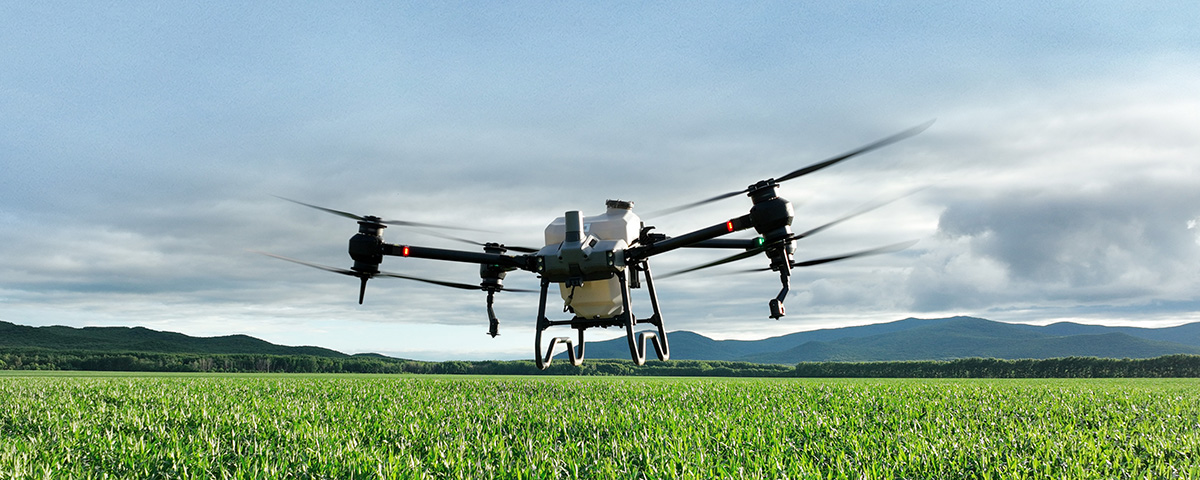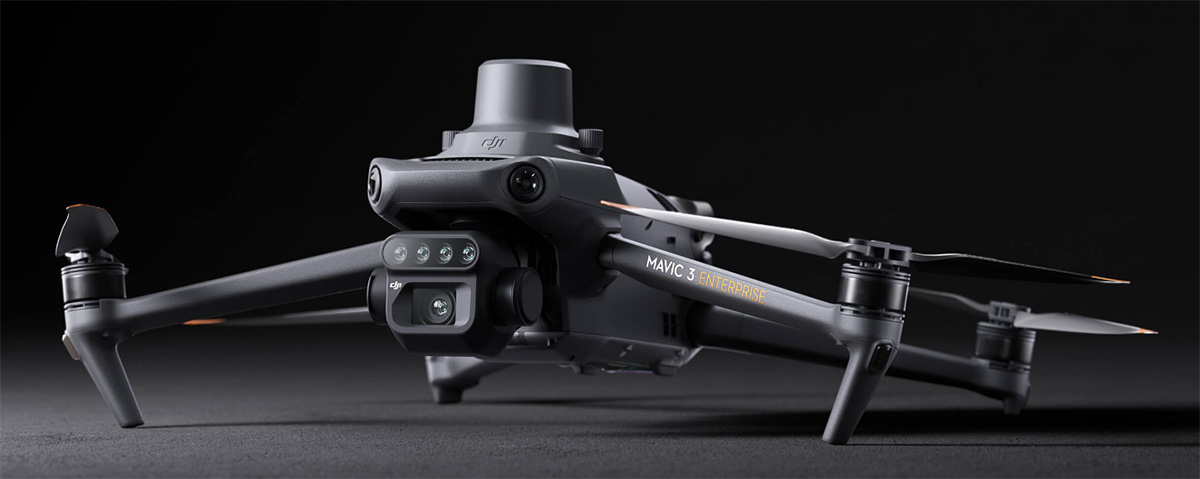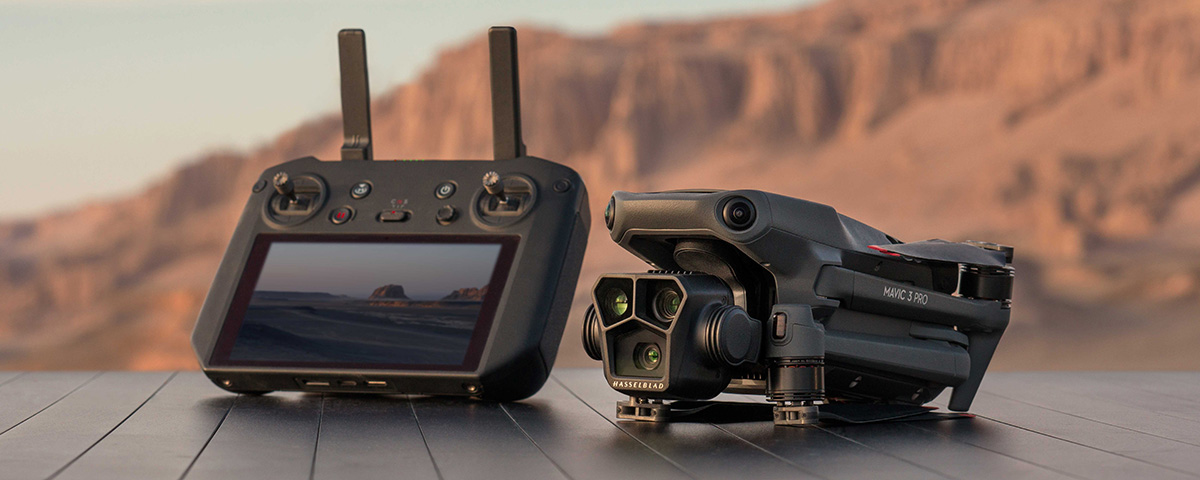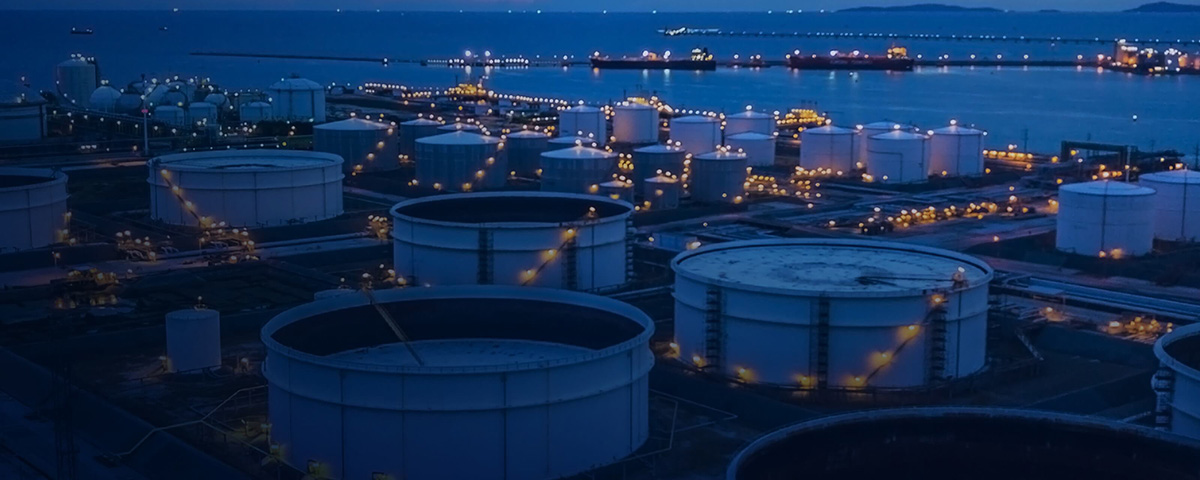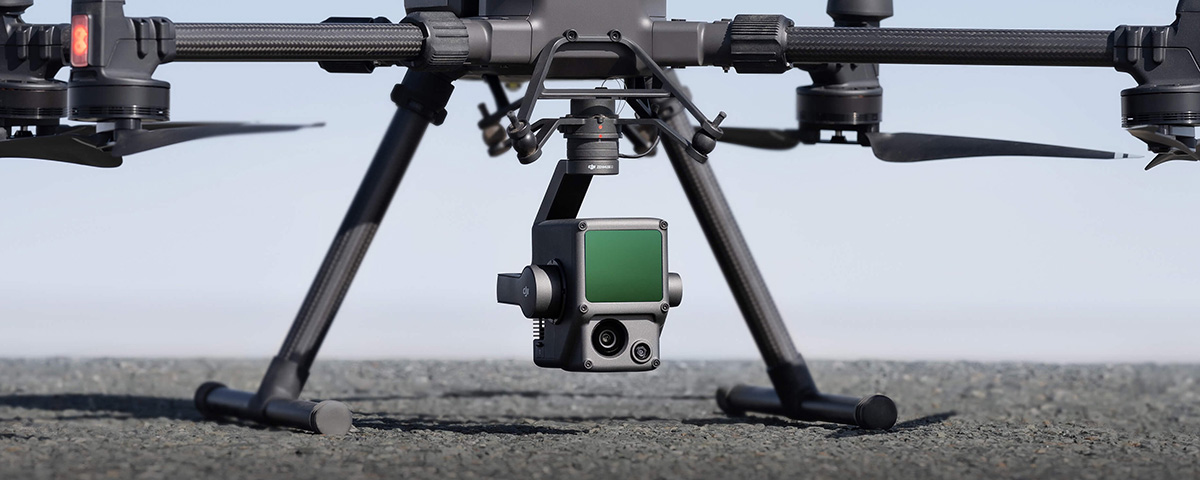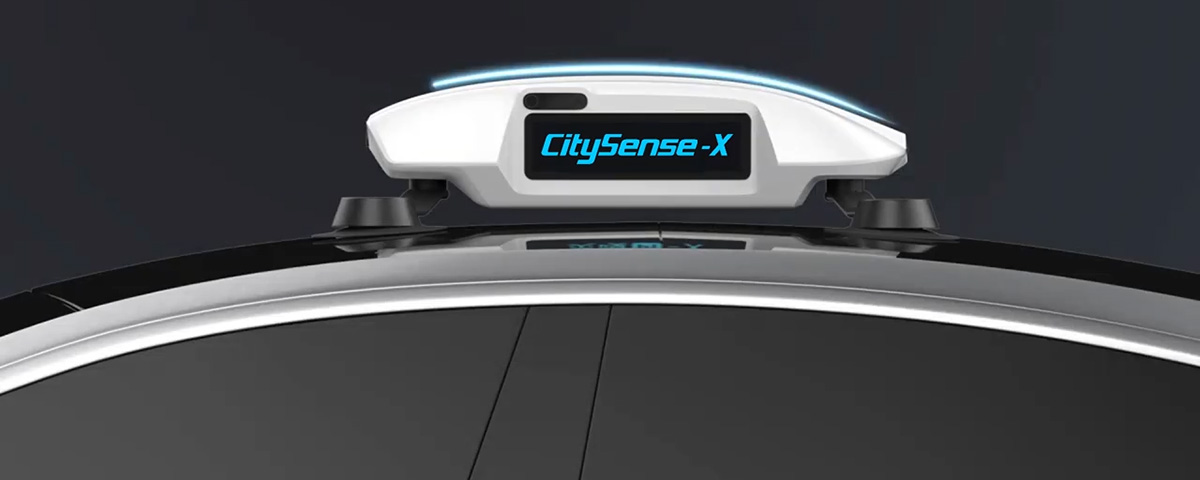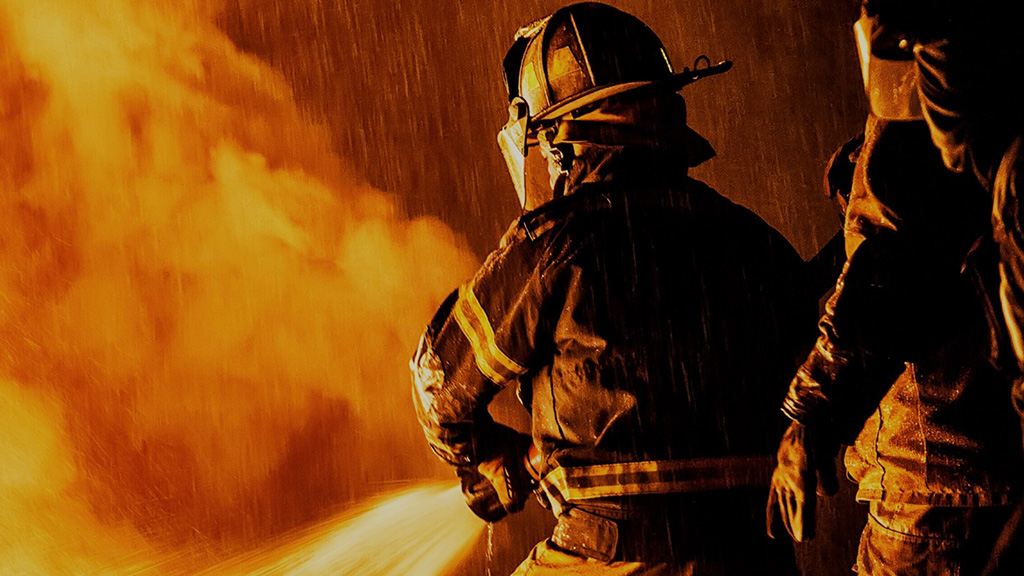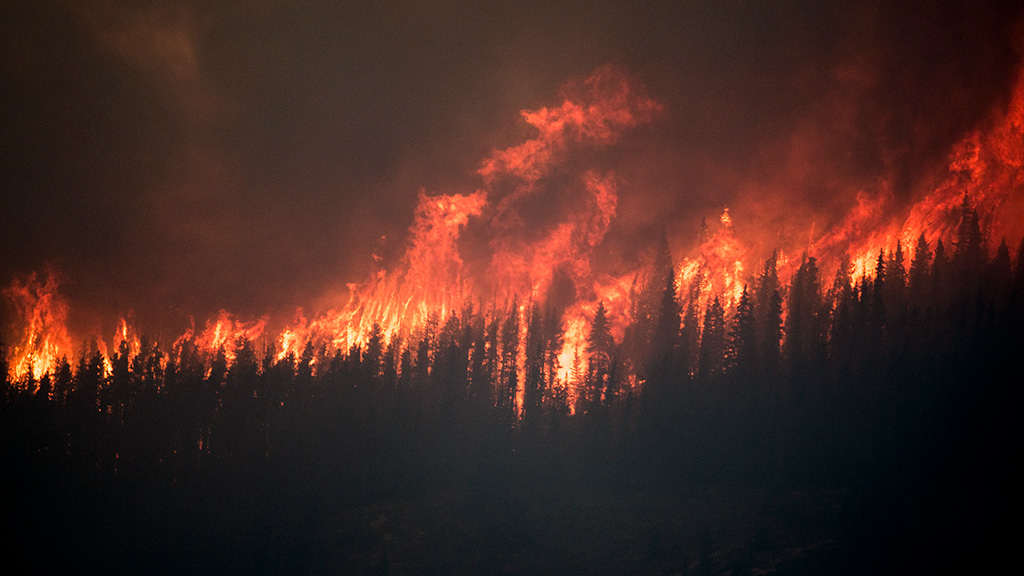Wildfires are devastating. Ask any Canadian about the fire season of 2023, and you’ll likely get a similar answer about an increase in severity, duration, and regularity. Though we thank and fully support firefighters and hotshot services for their quick and fervent battle with fires, it seems that traditional methods of dealing with fires are outpaced by ever-evolving wildfire seasons.
Drones offer new solutions to an age-old problem. During wildfire seasons, drones can be deployed to help keep crews safe, providing new data and highly accurate visuals of fire lines and trajectories. Controlled burns, traditionally deployed by helicopters and other methods, can be managed by drone technology, keeping teams safer from the fire without sacrificing productivity, effectiveness, and precision.
In fact, drones have been deployed in several ways to help fight, prevent, and control wildfires. And, while there are numerous methods drones can be used, let’s take a look at three real-life examples of how drones have helped during wildfires.
1. Fighting Fire With Fire: The Art of Controlled Burns
Controlled and prescribed burns have been a tool to combat worsening wildfire seasons for years. By burning dead forests in a controlled state, firefighters can prevent accidental or natural fires from occurring without warning, preventing infrastructure loss, deforestation, and damage to communities.
However, traditional methods of controlled burns can be dangerous and fatal to firefighters. Generally, these prescribed burns are either hand-lit by firefighters or initiated by expensive helicopter missions.
Drones offer a different solution. When it was still in production, equipping the DJI M600 with the Drone Aplified’s IGNIS system allowed for prescribed burns to be started and controlled using drone technology. Trained pilots can use the IGNIS system to remotely drop ping-pong ball-sized ignition spheres at predetermined locations.
These spheres – called ignition spheres or ‘dragon eggs’ – are injected with ethylene glycol prior to release. Thirty to forty seconds after they’re deployed, these dragon eggs ignite, creating a controlled burn without the high costs of helicopters or the high risk to personnel.
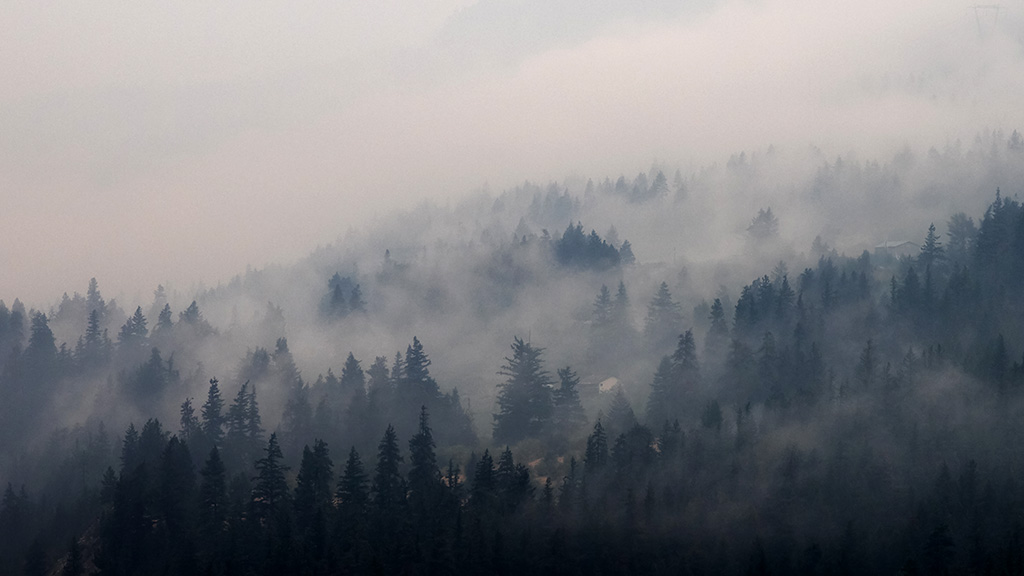
2. Maintaining Visuals During the Night & Heavy Smoke
Forest fires work fast. In general, a small window of time exists between when a wildfire starts and when it grows into an out-of-control fire. The more data obtained during this window, the more effectively and successfully wildfire teams can be deployed to ensure the fire remains in control.
Drones gather accurate and real-time data, even through heavy smoke and a lack of daylight. Equipped with visible light and radiometric infrared sensors, drones see and fly through what people and helicopters cannot, meaning more valuable data no matter the conditions.
Firefighting efforts worldwide have used drones successfully to minimize damage to human life, communities, and infrastructure. In 2020 during a forest fire in Nan-ao County, a rural area in south China, crews used DJI’s Matrice 300 RTK to gain invaluable data. With newfound situational awareness, firefighting teams were able to pinpoint the most vulnerable areas, minimizing damage to the environment and the surrounding community.
Likewise, on April 4th, 2020, a fire broke out near the Chernobyl exclusion zone. With heavy black smoke making visuals nearly impossible, ten drones with thermal sensors were deployed to help pinpoint hotspots. This effort changed the story of the fire, eventually allowing for the wildfire to be contained and extinguished.

3. Working In Tandem With Traditional Firefighting Methods
Drones offer new solutions, but that doesn’t mean new firefighting methods have to fully replace traditional ones. Ideally, drones propose a new way to map fires and wildfire hot spots. Using this data, firefighters can choose the best method of attack – be it by helicopter, plane, or on foot.
The 2020 Nan-ao County fire in rural China is a clear real-world example of drones and helicopters working in tandem. Since the fire started in a rural area, firefighting crews used the Matrice 300 RTK to gain critical information about the fire. Specific hotspots were detected with precise accuracy. Once the location was known, helicopters were deployed to extinguish the hot spots with relative ease and safety.
Learn more about how drones have worked in tandem with traditional firefighting methods.
Ready to Learn More?
Contact our team of professionals to precisely how drones can benefit your specific needs. Whether you work with wildfire prevention teams or are curious about how drones could assist on vastly different projects, our team is always ready to answer your questions.
We offer free consultations as well to guarantee you receive the right advice for your specific drone needs.
Let’s get started!

